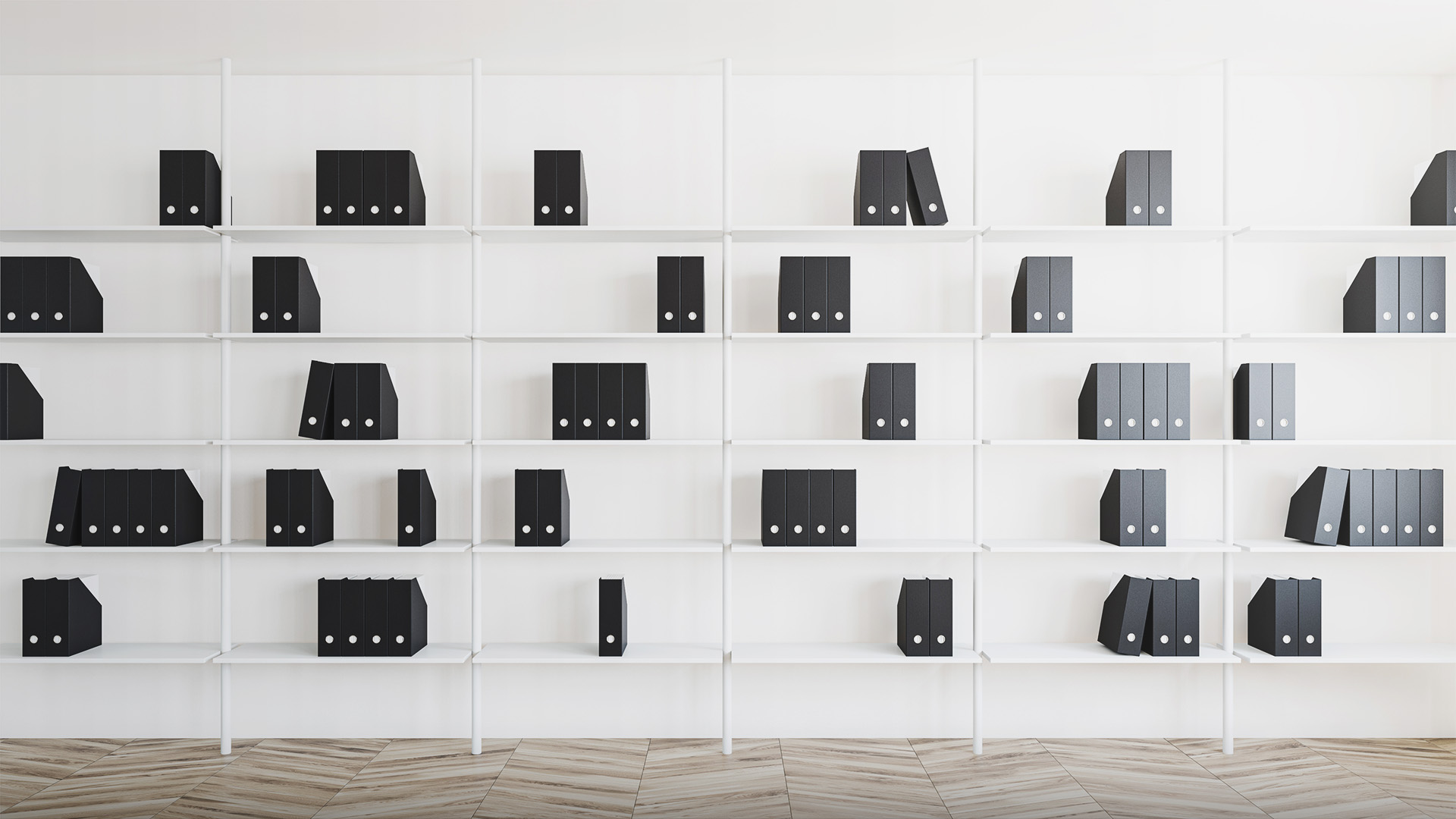The simple secret to getting your folders and files structured in the way you want

Organising our digital folders is something that we all know we need to do, but we often put it off because it seems like a daunting or boring task. So instead, we usually let our operating system decide how our folders are organised. However, this is not always the most intuitive structure. Whichever operating system we use, it is supposed to make our working life more manageable and not more complicated. Unfortunately, in my experience, this is not the case when it comes to organising my folders on my computer. Luckily, there is a straightforward and rather simple secret to getting your folders sorted quickly and easily. Best of all, this little hack will also accelerate your work to free up time for things that are more important than your digital clutter.

Figure 1: The rather messy folder structure your computer suggests by default (on a Mac)
Keep your files where they belong
When you work with different file formats and folders, it can be very frustrating that they end up in an order which looks rather messy or not very memorable. But what can you do? Sort alphabetically? Sort files chronologically? Most likely, the answer is: I guess I have to stick with what my computer tells me. However, you do not have to.
In previous posts on organising your digital clutter, you might have noticed that I sometimes put numbers in front of folders. This was not just a random way to name them, but my approach to impose the order of folders I prefer onto my operating system.

Figure 2: Orderly and structured, as all things should be.
Admittedly, it might look a bit odd at first sight, but it is the simplest way to ensure that folders are in the exact place I want them to be. I usually have my most frequently used folders on top of my filing system and most of the time this is not the alphabetical order my computer suggests. However, by using numbers in front of folders, you are in charge of which folder shows up where. For example, for my research projects, I like to sort folders based on the research process rather than a meaningless alphabetical order. I even created a template which I use to ensure that my filing system is structured the same for every project I am involved in. Thus, no matter with whom I collaborate, I can find my files within a blink of an eye (almost). By keeping a consistent structure for all my projects, I easily remember where I put my files.

Figure 3: A template that can be reused for all kinds of empirical projects
Consistency builds muscle memory
Numbering your folders can be an amazing time-saver. Since this method keeps everything in place where you left it, you can build muscle memory. Without numbering your folders, new additions to your filing system will inevitably change the order of all existing files and folders. Thus, nothing ever remains in the same spot, which is why it can take ages to find them. Using this neat little trick creates a high level of consistency across your filing system and is one way for me to save time to do the things I enjoy the most.
” If you find files 3 seconds faster than usual, ten times a day, you gain back three entire hours of your life over a year.”
I have a lot of projects with many files, and I need to find content very frequently. Thus, my current filing system probably saved me way more than just three hours per year already. I feel it is worth giving this a try, even if it is just for one week. You might find that you like it too.
The only question remaining is: What would you do with the three hours you could gain? Let me know on Twitter.
Until next time, remember to read, research, write and repeat.